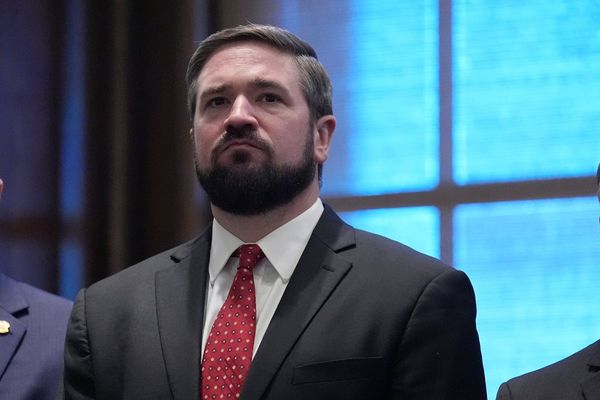There aren't enough welders to create the infrastructure for green energy in Australia, according to industry body Weld Australia.
The country must double the capacity of its fabrication industry to meet demand from the renewables sector, but not enough apprentices are taking up trade careers, the peak body suggests.
In the realm of welding, the forecast worker shortage is dire.
"By 2030, we will be 70,000 welders short," Weld Australia chief executive Geoff Crittenden said.
"This is not an exclusively Australian problem. In America, they will be short half a million welders and the Japanese will be 250,000 short."
Welding 'fundamental' for renewables
Renewable energy products such as solar panels, wind turbines and hydropower all require welding labourers for building and maintenance.
"Steel is absolutely fundamental to the whole renewable energy strategy," Mr Crittenden said.
The fabrication industry has shrunk by about 20 per cent over the past 20 years, with the number of welders in Australia decreasing from 90,000 to just under 60,000.
"In Queensland, we have fabricators that are working at about 50 per cent capacity because they can't find people to do the welding," Mr Crittenden said.
He attributed the drop in workforce numbers to the importation of most of Australia's fabricated steel and the encouragement of school leavers into university.
"We haven't had that drive toward trades," he said.
Adrian Pope runs a diesel repair business in Mount Isa which services large-scale machinery for clients around the globe.
Worker shortages are his biggest problem.
"It's very hard. For the work that we put out, we could use another 10 diesel fitters, 10 more auto sparkies," he said.
"We do have to turn people away; we just don't have the capacity to work the jobs," he said.
Answer lies in apprentices
Mr Pope said greater investment was needed to increase the number of trainees on tools.
"There's not enough focus on the apprentices coming through," he said.
He is disappointed that bigger organisations like mining companies had reduced the number of trainees they took on.
"Larger companies used to put a lot of apprentices on but you just don't see that anymore," he said.
"The other solution is trying to get skilled workers from overseas; it's something we have looked at but that is certainly a challenge as well."
Mr Crittenden thinks the existing study path apprentices follow needs a complete overhaul.
Currently a Certificate III takes three years to complete and involves studying once a week while working.
Mr Crittenden said a one-year course would encourage more school leavers and mature students to enter the industry.







